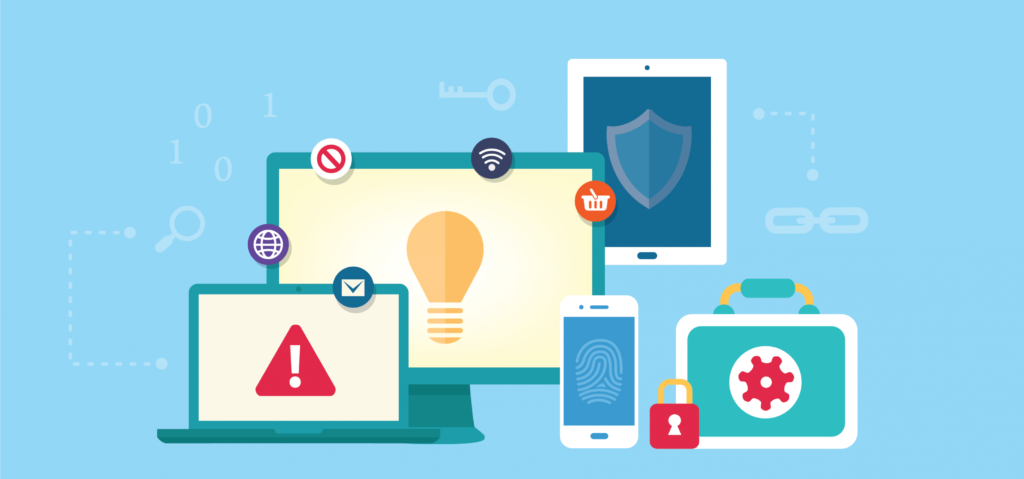
Occasionally, your company’s system may fail to implement its services efficiently regarding internal controls. This is what you can term as an internal control weakness. At this point, hackers can use this opening to bring the company to its knees. However, you can stop this with the help of regular security check-ups, which help in early detection of any malware.
Data Security Controls
As a security measure, companies must put up data security controls to safeguard their data from unwanted scrutiny. Such measures ensure that threats are detected early enough, then neutralized to protect all data storage resources from the attack. It is essential to put up such measures for the sake of financial reports. This regulation is mandatory, as stated by the national government in the Sarbanes-Oxley act of 2002, section 404.
Technical, Operational, Administrative, and Architectural Control Weaknesses
Four major weaknesses put your data at risk, and to be secure; you need to address such instances accordingly. But first, let us understand what they are.
- Technical – A breach in the hardware and software of any drive is what we call a technical weakness. A perfect example of this instance is the 2014 “heartbleed” exposure that caused a breach in the secure sockets layer; thus, exposing information.
- Operational – At times, the human handlers of data fail to go by the rules. This puts the system at a breach risk, considering that this information deteriorates in value.
- Administrative – This is usually a result of operational control weakness. For instance, in case of a breach, you will only gain data that is as old as the last time you backed up the intel. If you had not been backing up your data regularly, a data rescue operation would be useless considering that you will only get what you saved last.
- Architectural – Any change to the daily operations in regard to the hardware used in data storage is what we term as architectural control weakness. Such changes disrupt the routine. As such, it is not uncommon to see implementation omissions occurring during or even after the disruption period.
How do you Control Internal Controls Using Risk Management?
In any corporate organization, it is essential to put in place risk management support to back up these practices. This double layered protection will ensure that you secure all resources in case of any internal weaknesses. This is in line with the fundamental principles of governance, risk, and compliance. Even after putting these measures in place, you are required to update your software regularly, to ensure that your operations are always at their best performance levels. You risk facing a data breach if you do not do this, especially since hackers find new ways of upgrading their attack systems daily.
What is the Importance of Monitoring Controls?
In a nutshell, you can say that monitoring all your controls helps you to stage real-time responses to any threats sent to your system. While you cannot manage to wade off these attacks, following the controls enables you to find new ways of responding to instances, and finding more modern forms of dealing with the impact they have on the system. This call for regular auditing of all the routine procedures that your system undertakes. To make the operations more effective, those responsible for conducting the audits need to update the board of directors regularly by availing reviews and reports that regard the same. This enables the management team to make decisions concerning the organization using up to date information.
The Role of Automation in Continuous Monitoring
It is natural for a company to upscale, but with such changes, the importance of monitoring all the controls increases significantly. For example, take an upgrade from hard disks to cloud integration. At the disk level, the risk is operational, but after the inclusion of the cloud system, the matter changes into both operational and IT risk for apparent reasons. Rather than must hire and train staff on how to handle such systems, companies should consider getting software that handles all these issues under one roof, without the risk of underperforming.
ZenGRC and Corporate Data Security Control Monitoring
If you want a software that ranks all duties from the most important to the least, ZenGRC is your go-to option. Not only does it provide a preview of the completed tasks, but it also comes up with a comprehensive to-do list that helps your employees find what they need to address next. With this software, you can give each employer a task that regards valuation, scrutiny, and justification of risks within the organization. Best of all, you can provide real-time reports of the progress as proof that you have abode by the laws regarding confidentiality of the said information.
Follow Us